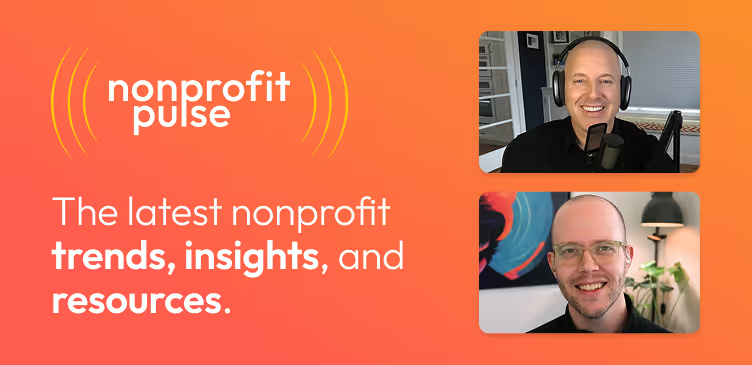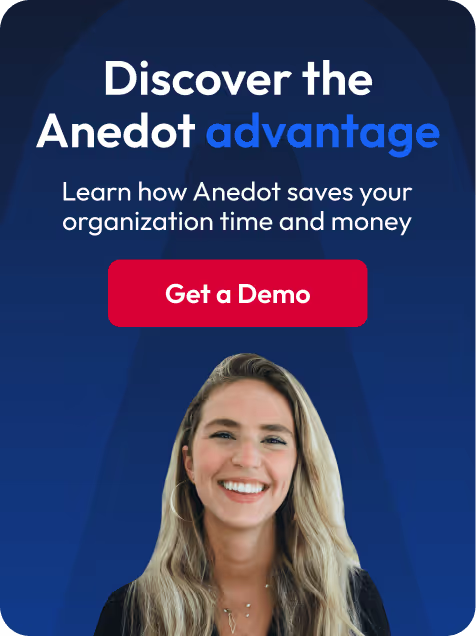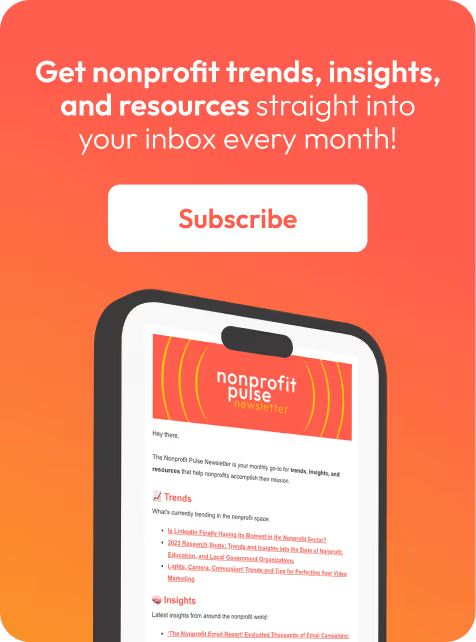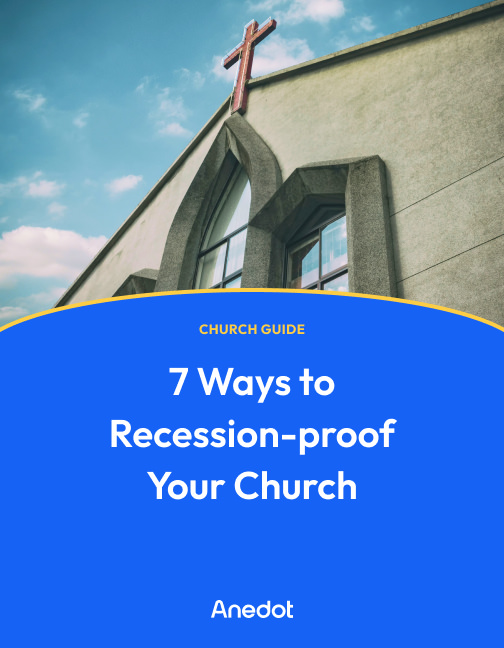Have you ever used an upsell or a cross sell? You may have, and just didn’t know it.
Upsells and cross sells help organizations increase donations by presenting donors with additional requests after an initial action.
Popular in ecommerce, upsells and cross sells are also increasing in popularity with nonprofit fundraising. Upsells and cross sells are tactics that - when used properly - can help the organization AND the donor.
In this blog post, you’ll find out everything you need to know about upsells and cross sells. We’ll show you the difference between upsells and cross sells, as well as how to use them properly. We’ll also show you what has worked well for other organizations and how you can get started using them today.
What is upselling?

Upsells are tools that started out in sales as ways to convince customers to take additional actions. They exploded in popularity and eventually made their way into nonprofit fundraising.
We’ll talk about the difference between ecommerce upsells and donation upsells later on, but for now, let’s define an upsell in the context of donations and fundraising.
Upsell definition:
up·sell | \ ˈəp-ˈsel \
Noun
An upsell is an invitation for a supporter to make an additional action, such as increasing their donation, converting their donation to a recurring gift, or making an additional donation to another organization.
In other words, upsells are simply opportunities for your donors to increase the impact of their gift. These opportunities play out in the form of popups, tool-tips, or call-to-actions (CTAs).
Whether it’s inviting donors to donate an additional amount of money or changing their donation to recur on a monthly basis, upsells are invitations for greater generosity.
There are several different types of upsells in the context of fundraising. In the next section we’ll go over each of them and how you can use them.
What are the different types of upsells?
In terms of donations and fundraising, there are primarily two different types of upsells.
Amount upsell

Amount upsells are used to ask donors to give an extra amount of money after they have completed their initial donation. An example of this would be the following:
- A donor goes to your organization’s website, then makes a donation for $25.
- After the donation is processed, a prompt will appear on the donation page and ask the donor if they’d like to donate an additional $5 to help cover administrative costs.
- The donor can then donate the additional amount with a single click. They do not need to enter in their information twice.
Pro tip: Offer a product giveaway with an amount upsell. Example: “Chip in an extra $20, and we’ll send you a free t-shirt!”
Recurring upsell

A recurring upsell is used to ask donors to make their donations on a recurring basis. This could be weekly, bi-weekly, monthly, or even annually. Here’s how they work:
- The donor goes to your website and makes a donation for $25.
- The donation gets processed. After the donation is processed, the donation page will generate a prompt asking the donor if they would like to make the donation on a recurring basis.
- The donor can then choose to have the donation made automatically on a recurring basis.
The best part about this kind of upsell is that the donor can enable the recurring donation with a single click. They don’t need to add any other information.
We generally recommend the following amounts to use on recurring upsells:
- If the initial donation is between $0-10, present a recurring upsell for $5 a month.
- If the initial donation is between $10-25, present a recurring upsell for $10 a month.
- If the initial donation is between $25-75, present a recurring upsell for $25 a month.
- If the initial donation is between $75-100, present a recurring upsell for $50 a month.
- Anything over $100, don’t show an upsell.
This allows you to target small dollar donors without impacting large dollar donors. It also allows you to upsell them to a lower amount so they’re more likely to convert.
You can also get creative with what you ask your potential donors.
For example, you could ask your donors to reduce the amount that they are donating, then set the donation to recur automatically.
Now this may seem counterintuitive, but studies have shown that recurring donations are incredibly more valuable than one time donations.
What is more valuable to an organization relying on donations?
- A single donation of $100
- A monthly recurring donation of $60
The answer is obvious. In just two months, the organization will have received $120, rather than the original amount of $100. In one year, the total amount of the recurring donation will equal $720.
That is incredibly valuable.
Now just imagine scaling this process to your entire donor base. That’s the power of monthly recurring donations.
And with recurring upsells, it’s easier than ever to get more monthly donors and increase revenue.
Something else to note: Depending on the platform you are using, you will be able to set the reduction percentage that the donation. In other words, if you set the percentage to 75% and someone is intending to donate $100, the upsell will ask them if they’d like to donate $75 monthly instead of the original one time donation of $100.
What is the difference between e-commerce and donation upsells?

The main difference between e-commerce and donation upsells is that upsells in e-commerce are meant for sales and help generate more revenue for the company.
While donation upsells work in a similar way, they have a different intention. Upsells in the context of donations and fundraising are meant to empower generosity.
This distinction is important. Yes, upsells are meant to raise more donations, but they are meant more as soft invitations for donors to give more.
It is also worth mentioning that these tools should always be used ethically. They aren’t meant to trick or scam anyone. Use upsells as open and honest opportunities for your donors to give in new or different ways.
What is cross selling?

A cross sell is similar to an upsell but instead of asking your donor to give more to the same entity, the cross sell is asking for a donation to a like-minded cause.
Below is a definition of a cross sell in the context of donations and fundraising.
Cross sell definition:
cross·sell | \ ˈkrȯs-ˈsel \
Noun
A cross sell is an invitation for a supporter to take an additional action with like-minded cause.
You can use cross sells to help other organizations raise more money, get more leads, or simply raise awareness about their cause.
Next, we’ll go over the different ways you can use cross sells.
How can I use cross sells for fundraising?

There are a few different ways you can effectively use cross sells in the context of donations and fundraising.
Below is one common scenario.
Let’s say you run a nonprofit organization. You’re wanting to grow your fundraising program, but you also want to help out a like-minded cause.
Cross sells are perfect for this kind of fundraising.
Here’s how it would work:
- A donor comes to your organization's donation page, then makes a donation.
- Before the donor leaves the page, a prompt appears on the page and asks the donor if they would consider making a donation to the other like-minded organization.
- The donor can then make a separate donation to the other organization with a single click.
This is a powerful tool! With Anedot, the two separate donations will automatically be routed to the separate bank accounts.
How can I get started with upsells and cross sells?

Depending on your fundraising platform, upsells and cross sells should be fairly easy to set up.
Upsells and cross sells are both completely free tools with Anedot.
If you are currently an Anedot customer and want to try using upsells, feel free to reach out to our Customer Success team to strategize on best practices and ways to raise more money.
If you are currently an Anedot customer and would like to help a related organization raise money with cross sells, please reach out to our team at Anedot and we’ll help set that up with both accounts.
If you’re not an Anedot customer, now is a great time to sign up.
Apply for an account and start using upsells and cross sells!
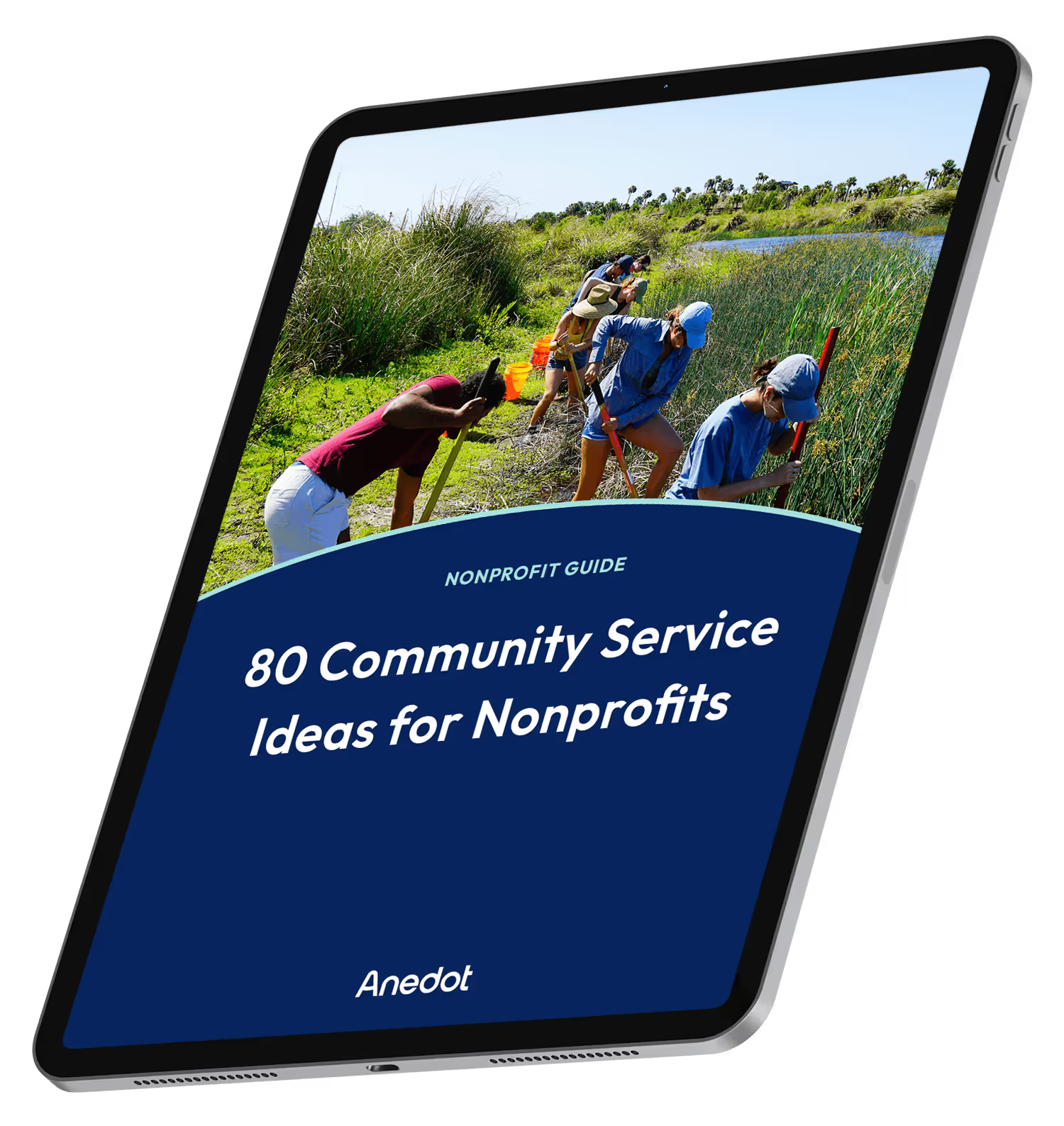
80 Community Service Ideas for Nonprofits

